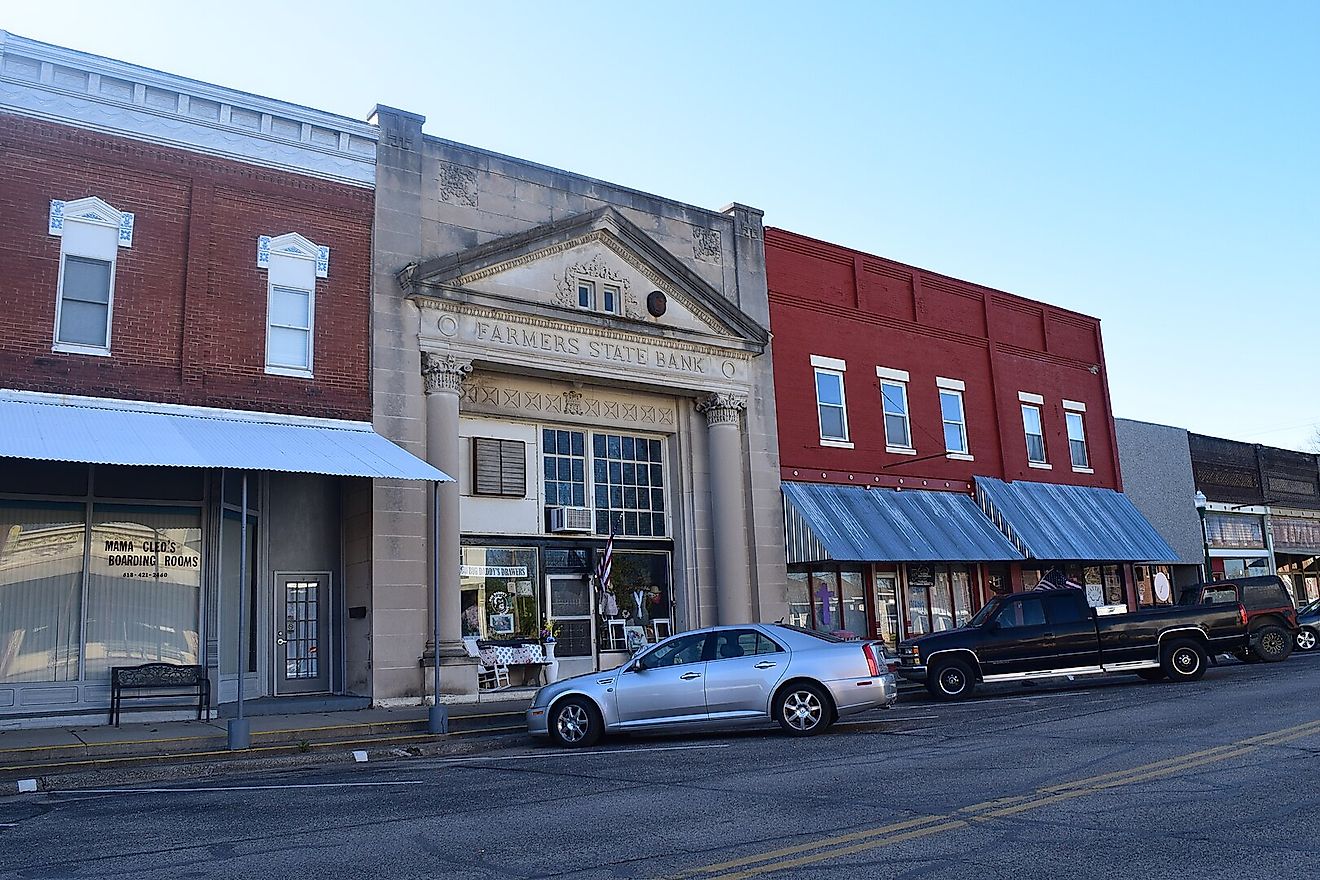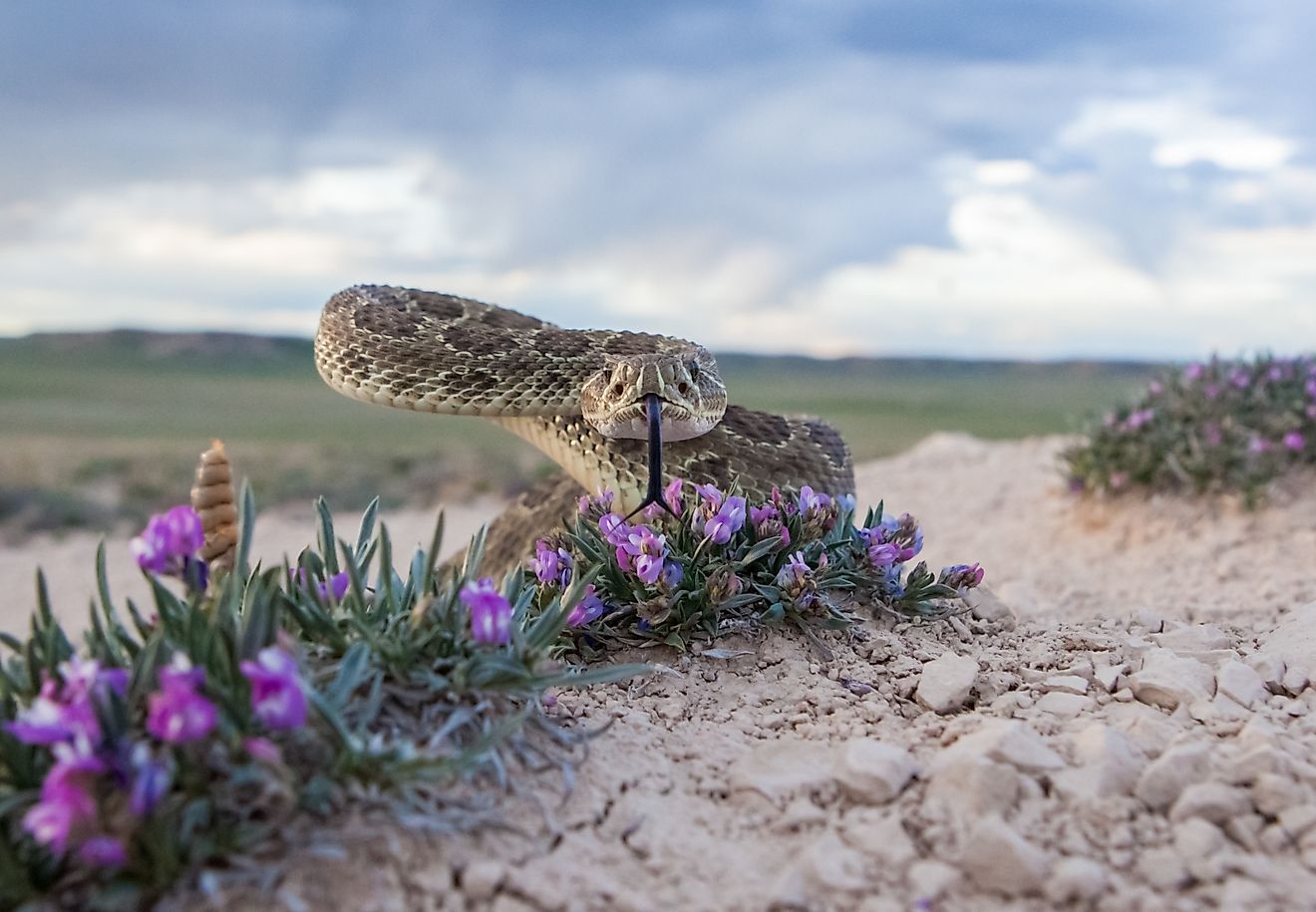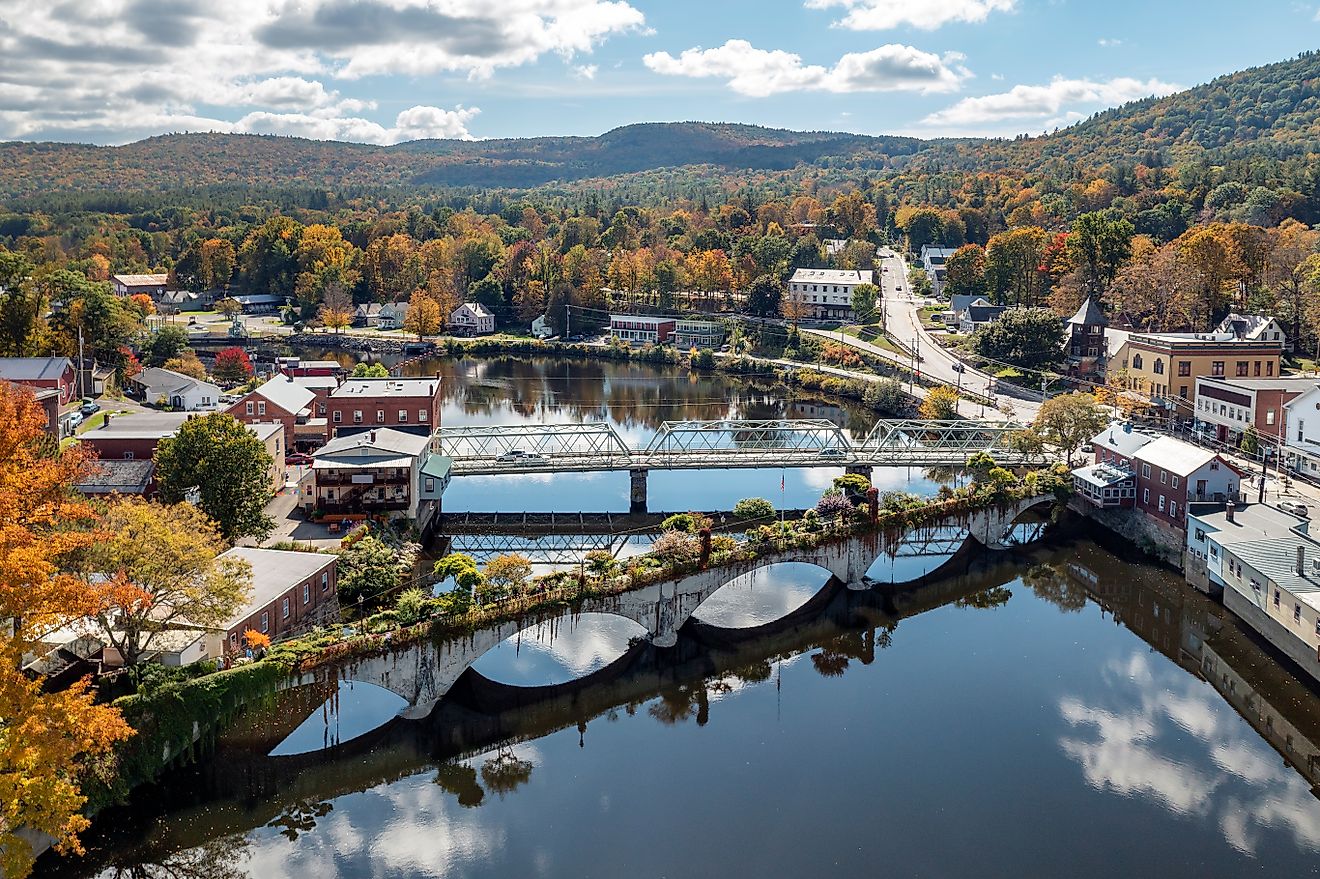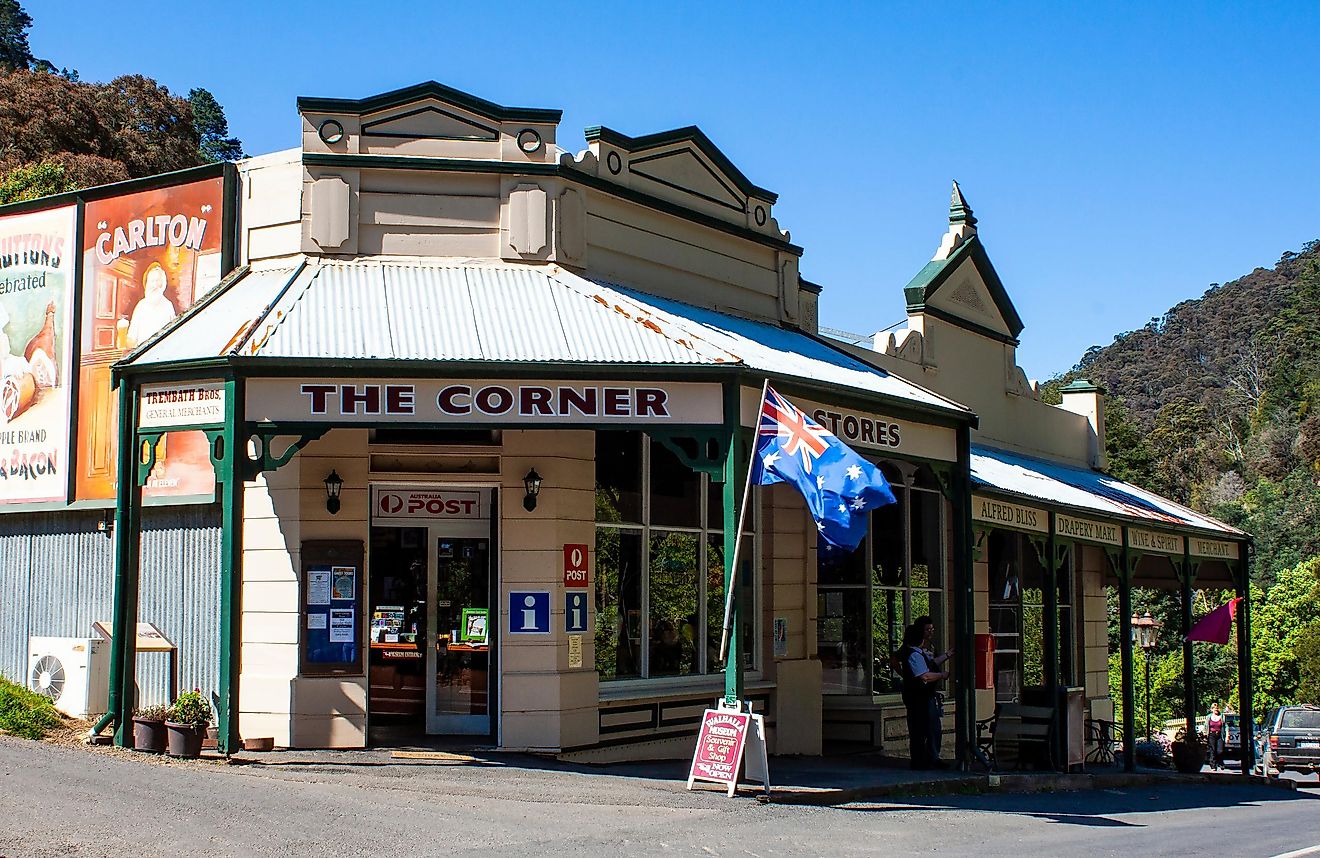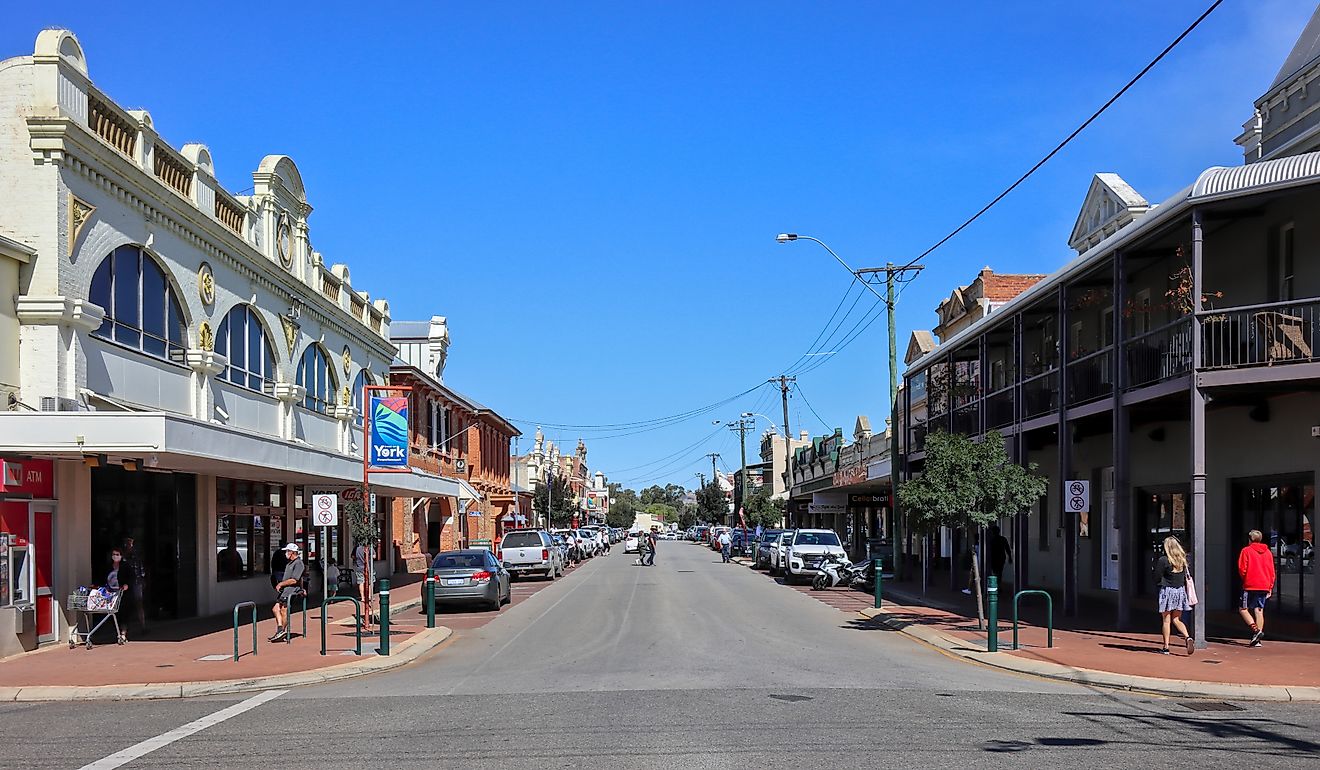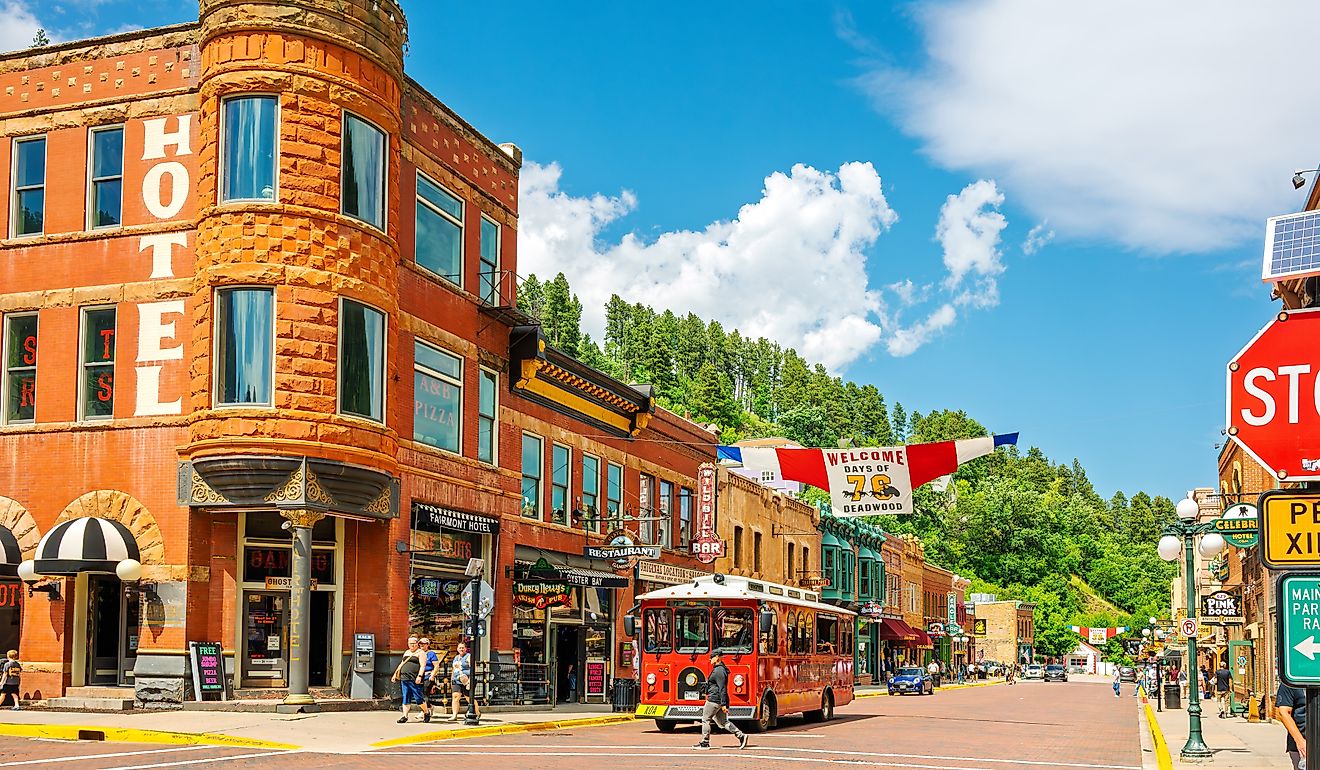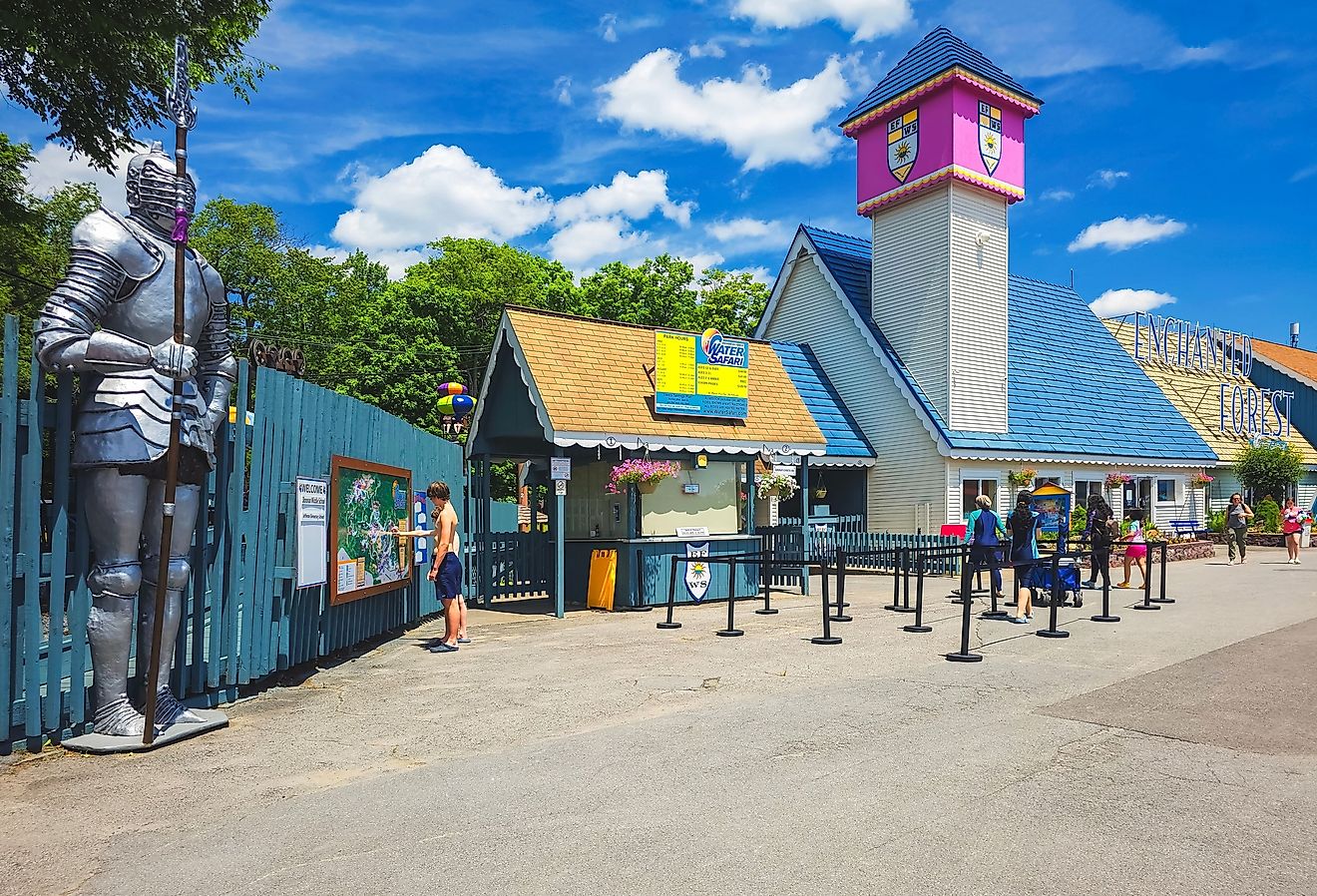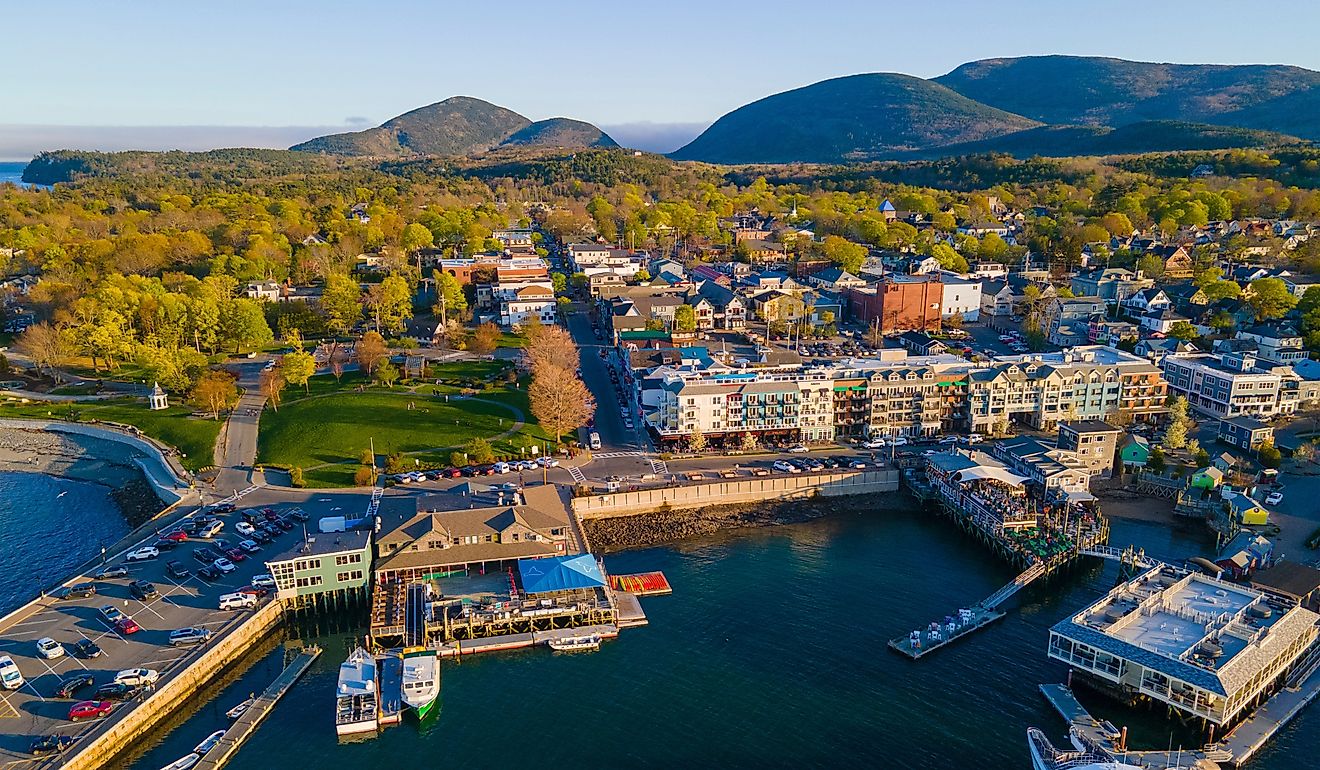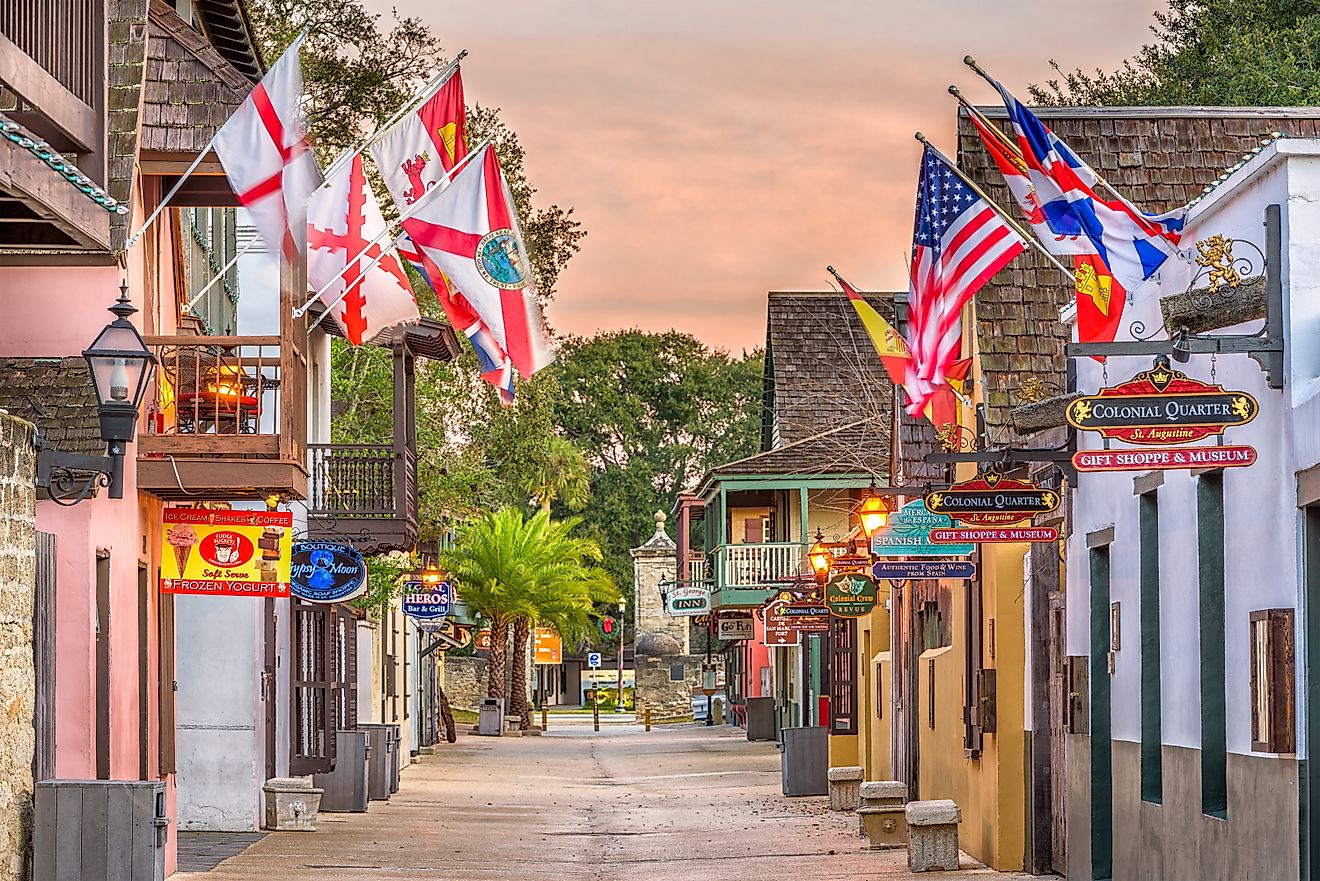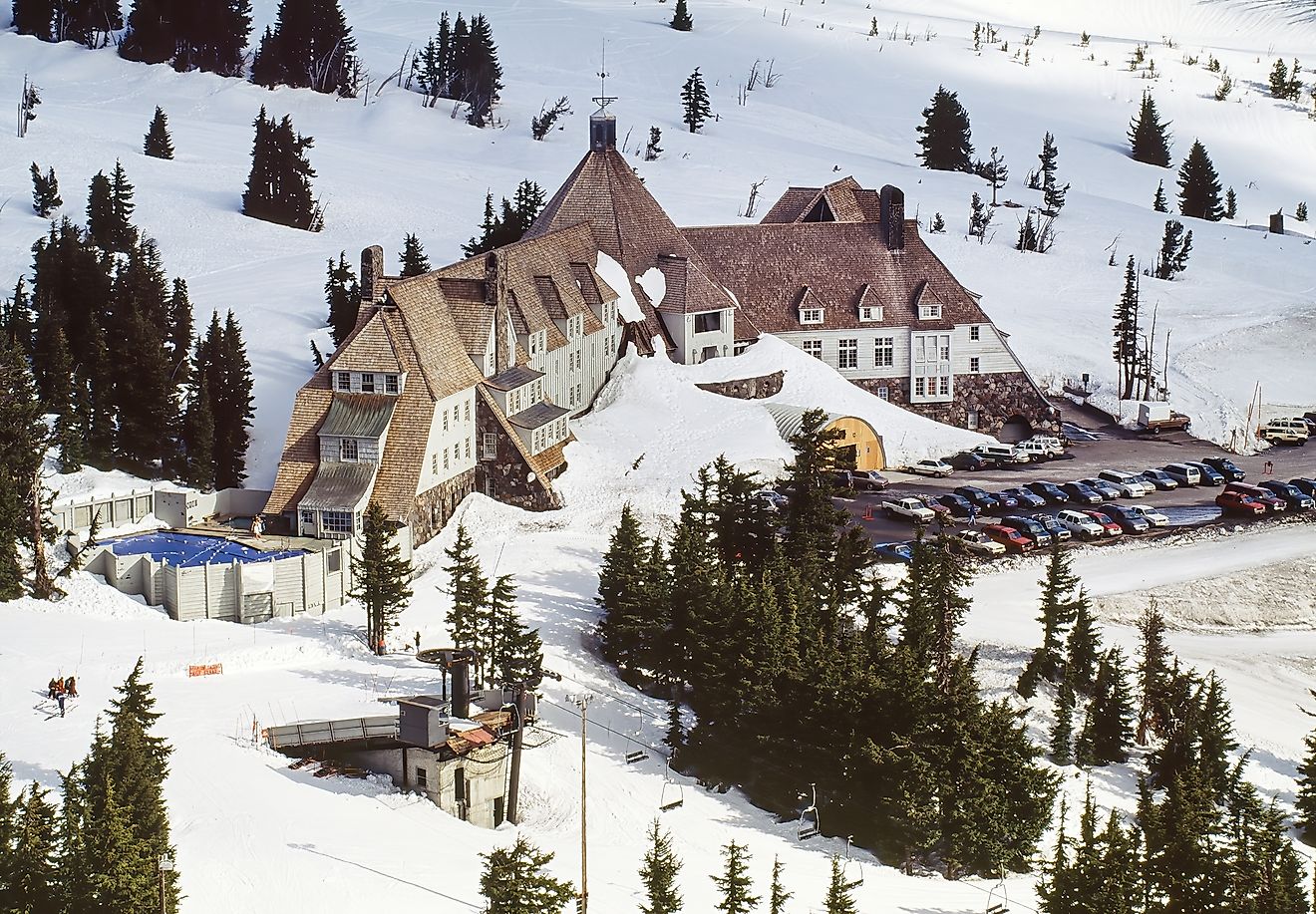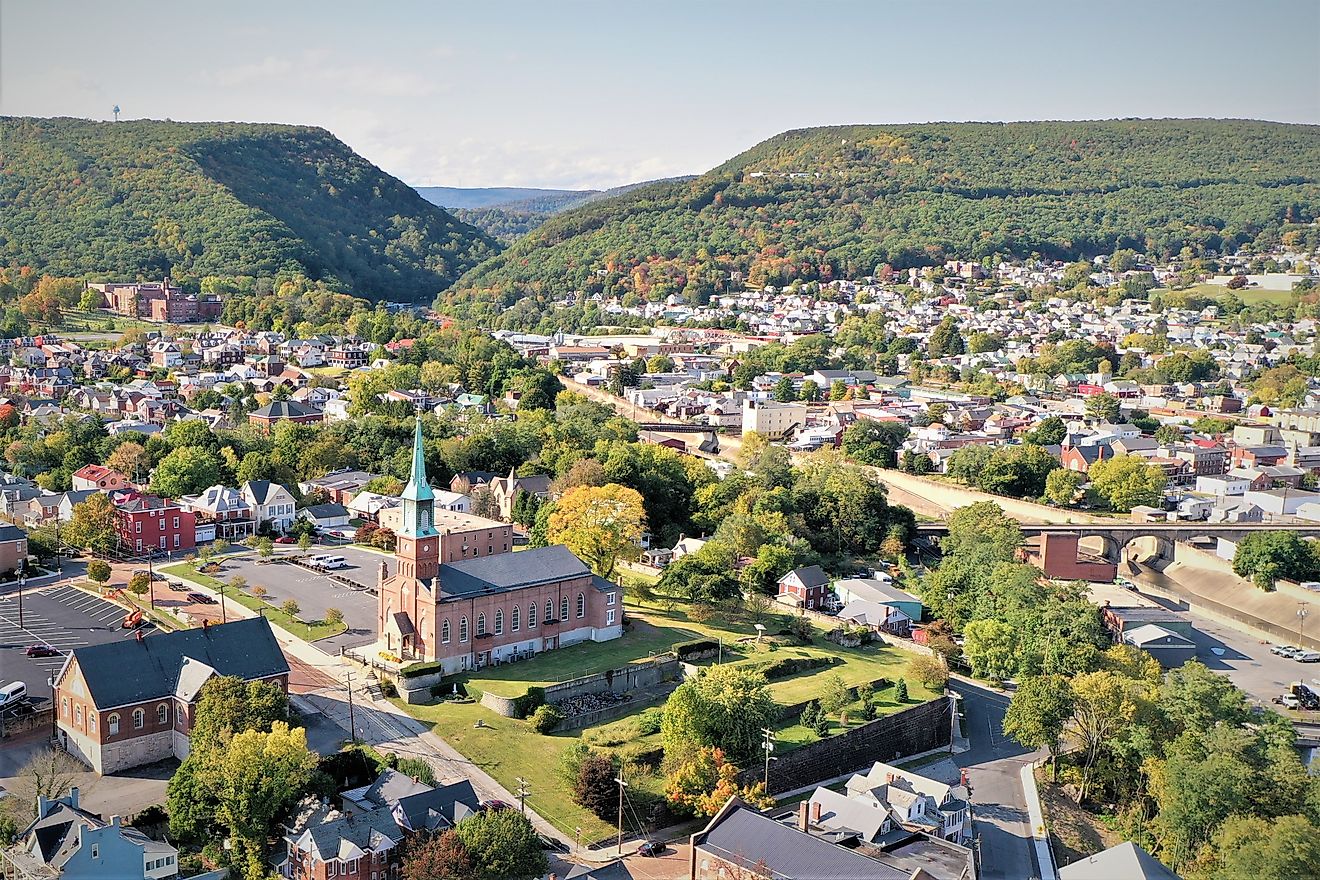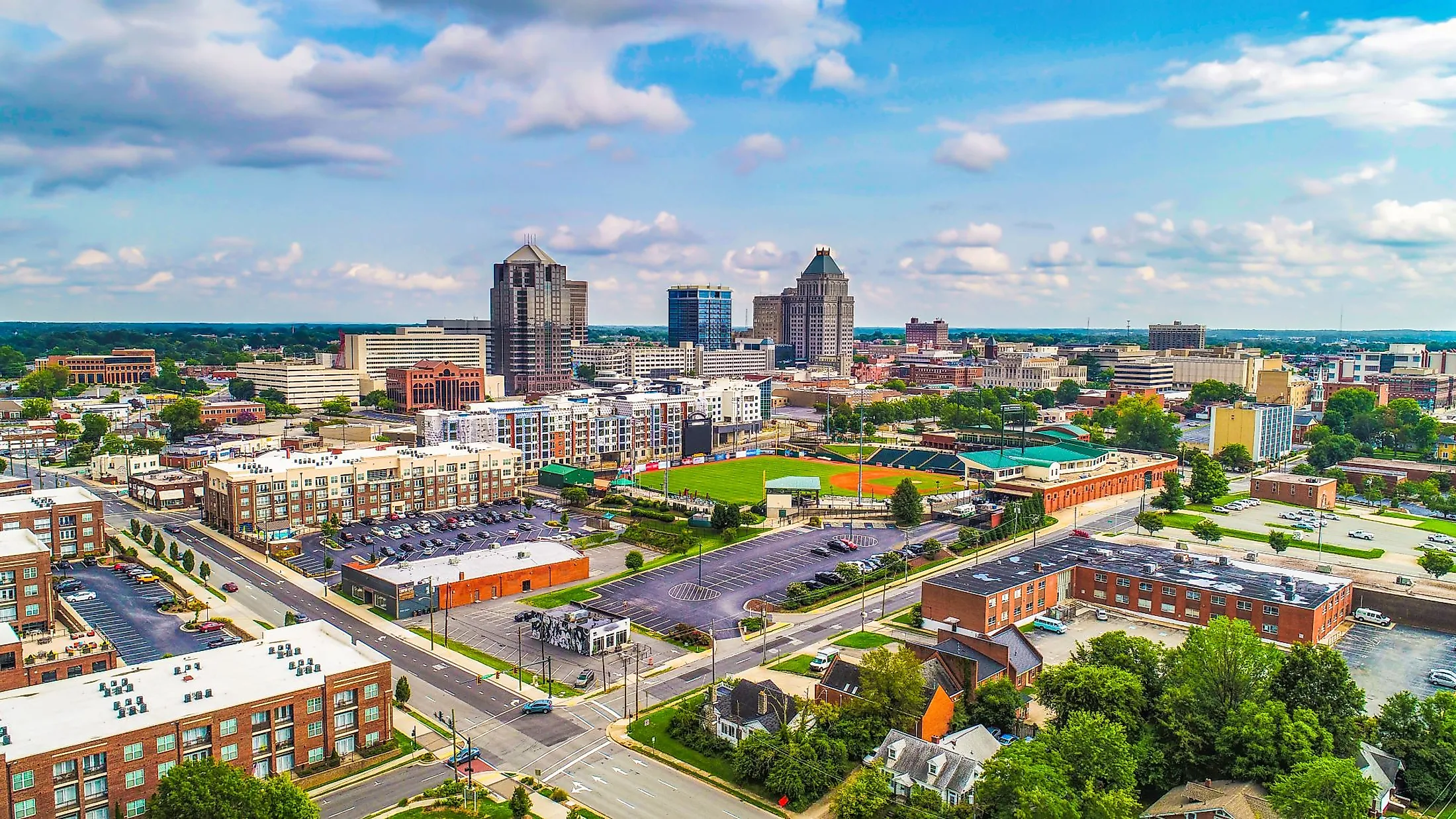
Greensboro, North Carolina
Situated in Guilford County, Greensboro is the third most populous city in the US state of North Carolina. The city sits within the rolling hills of North Carolina's Piedmont region. Greensboro is a medium-sized city by American standards. However, it is packed to the peak with history, complexity, and culture, enough to rival any other city in the nation.
Geography And Climate Of Greensboro
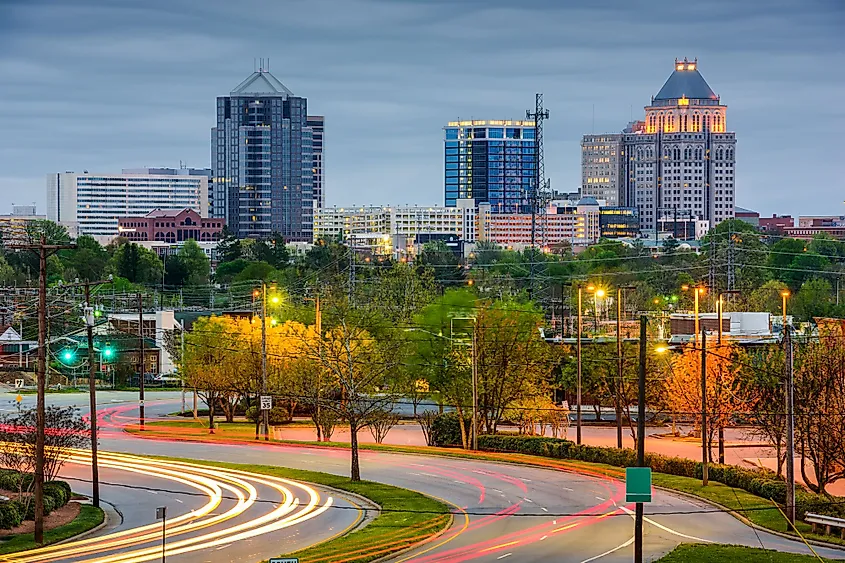
Greensboro covers a total area of 341.4 sq. km, of which only 13.7 sq. km is occupied by water, and 341.4 sq. km is occupied by land. The city is located approximately 177km northwest of Raleigh, 86km west of Durham, 46km east of Winston-Salem, and 144km northeast of Charlotte. Greensboro is located approximately halfway between Outer Banks and Atlantic beaches in the east and the Great Smoky Mountains and the Blue Ridge Mountains in the west. Three Interstate highways meet in the city, namely I-40, I-85, and I-73.
Greensboro experiences a humid subtropical climate with warm summers and extremely cold winters. During the warm summer season, the average temperature ranges from 30.5°C to 20.5°C. The average temperature during the winter season ranges between 0°C to 9.4°C. Thunderstorms are pretty common during the spring and summer months. The city receives an average precipitation of 43.95 inches.
Brief History Of Greensboro
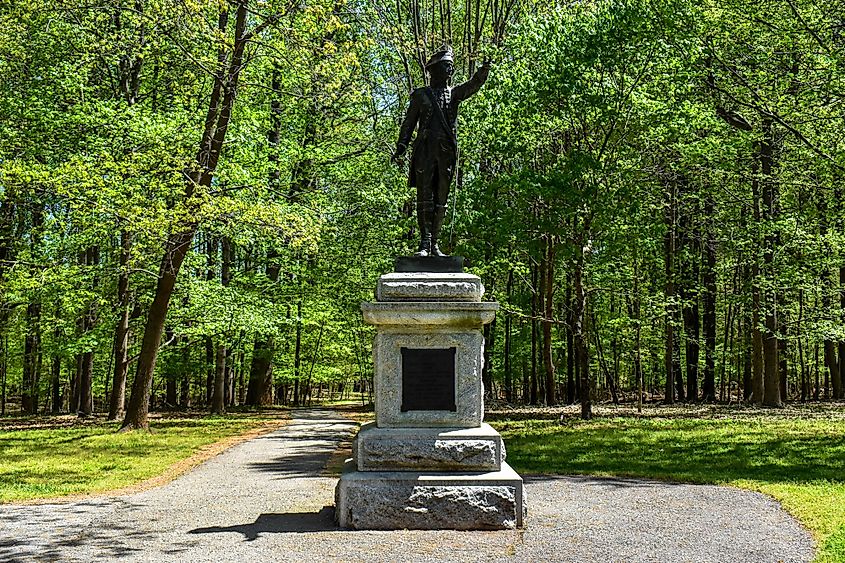
Before European settlement, the area that would become Greensboro was primarily inhabited by the Native American Saura people. European diseases significantly reduced the numbers of the Saura Nation, whose remaining members were absorbed mainly by the Catawba Nation. The roots of modern Greensboro were established in 1750 by Quaker migrants who traveled south from Maryland. The then-named Capefair was a significant Quaker cultural hub during the closing years of British America. Capefair was the site of a major battle between the British and American revolutionaries during the Revolutionary War. This battle was referred to as the Battle of Guilford Courthouse in 1781. While the British won the battle on the day, it was a pyrrhic victory. General Cornwallis' troops were inhibited from taking much more of North Carolina, as they decided to instead march to Virginia to reinforce their depleted troops. The general of the American forces at Guildford Courthouse, Nathanael Greene, was able to uproot British control of the South while other contingents of American troops defeated the British at Yorktown. During the American Revolution, Cape fair was renamed Greensborough (later spelled Greensboro) in honor of Nathanael Greene's heroics. During the ensuing decades, Greensboro became known as the "Gate City" for its part in the growing transportation industry of North Carolina. The American Civil War was a confusing time for Greensboro. Guilford County actually voted against secession from the Union. However, with the rest of the state joining the Confederate cause, Greensboro went along with the pro-slavery fervor. Citizens of Guilford County even created their own Confederate infantry unit, the Guilford Grays. Nonetheless, the city was spared any real destruction during the war itself and only suffered shortages due to Union blockades. During the reconstruction era, the city witnessed a period of growth and economic transformation. Unfortunately, that growth was not without its turmoil. Greensboro continued to industrialize, becoming particularly strong in the textile industry with a lot of northern investment. However, Greensboro was also a city engulfed in Jim Crow ideology. Discriminatory voting laws, racial segregation, and Klu Klux Klan terrorism haunted Greensboro during the reconstruction period. Despite this, the historically black North Carolina A&T University, formed in 1891, became a center of resistance to the Jim Crow way of life. The first major incidents of the Greensboro civil rights campaign were the Greensboro sit-ins in 1960. Four black students sat at an all-white lunch counter at a Woolworths store. The students refused to move and actually gained supporters during the sit-in. The protest continued for months and even reached other places in the South until Woolworths and similar chains finally desegregated. The next major incident occurred in 1969, five years after the Civil Rights Act had passed. The students of James B.Dudley Highschool were outraged when the school's administration refused to let famous black activist Claude Barnes run for class president. The students began protesting and even asked the North Carolina A&T University students for support in their protest, to which the University students obliged. The combined student protest grew increasingly more volatile, and the Greensboro police employed tear gas in response. This did not deescalate the situation, as gunshots rang out soon after at the NC A&T campus. The killing of the 22-year-old honors student, Willie Grimes, further angered the students. Approximately 650 North Carolina National Guardsmen were deployed to put down the uprising at the school. Eventually, the National Guard breached into the Scott Hall dormitory of the school, and the incident was forcefully ended. Many students were actually evacuating or sleeping during the dormitory raid, and it is said that many innocent students were wrongfully detained during the raid. Students would also go on to claim that the national guardsmen found only three firearms. Ten years later, in 1979, another gunfight took place on the streets of Greensboro. Greensboro was host to an anti-KKK rally organized by the Communist Workers Party. White nationalists confronted the anti-KKK march and opened fire on them. A gunfight ensued between the white nationalists comprised of neo-Nazis, as well as actual KKK members, and the armed members of the Communist Workers Party. Five were dead at the end of the battle, all from the CWP. These two bloody incidents, ten years apart, deeply scared Greensboro. The next few decades were ones of reconciliation and transformation for North Carolina's third city. The city grew further, and more non-white residents were enfranchised into Greensboro's economic and social fold. The Greensboro of the 1950s-70s pales compared to the Greensboro of today.
The Population And Economy Of Greensboro
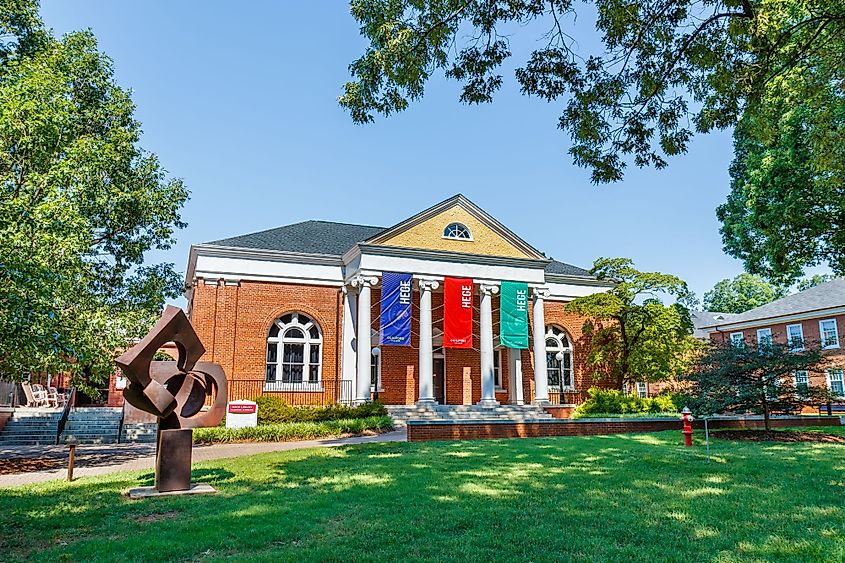
Greensboro has a population of approximately 299,035 people today. The city is very diverse, with a 47 percent white population, and a 41 percent black population. 4 percent of the city is Asian, and the remaining 2 percent is of mixed-race origin. Greensboro skews towards a cis female population, at 53 percent, with 47 percent of the city being cis male. Like most cities in North Carolina, Greensboro is a majority protestant-Christian town. The majority of the population adheres to some variation of the protestant tradition, such as Baptists, Methodists, and Presbyterians. Approximately 3 percent of Greensboro follows Catholic Christianity. Various other religions make up the remaining percent of religious Greensboro residents.
A lot of Greensboro's economic production is in the realms of textiles and tobacco. Outside of manufacturing, the city is a popular logistics hub for companies from around the United States. The companies headquartered in Greensboro include Mack Trucks, Lincoln Financial, Wrangler, Volvo Trucks, Honda Aircrafts, and the Athletic Coast Conference of the NCAA. Furthermore, one of the biggest employers in the city is Cone Health, a series of private hospitals founded in Greensboro itself. Education has a solid footing in the city as well, as there is a branch of the University of North Carolina in Greensboro. Furthermore, the aforementioned North Carolina Agriculture and Technology State University, or NC A&T, is a popular university for the city's black population. These two institutions attract students, educators, and researchers to Greensboro. Moreover, the city wants to take advantage of the educational tradition in Greensboro, as it recently opened Gateway University Research Park. This research park could be a potential Greensboro equivalent to the Research Triangle in Raleigh, Durham, and Chapel Hill. The success of Gateway University Research Park could mean even more bright minds are entering the city and bringing their knowledge and expertise to it.
Tourist Attractions In Greensboro
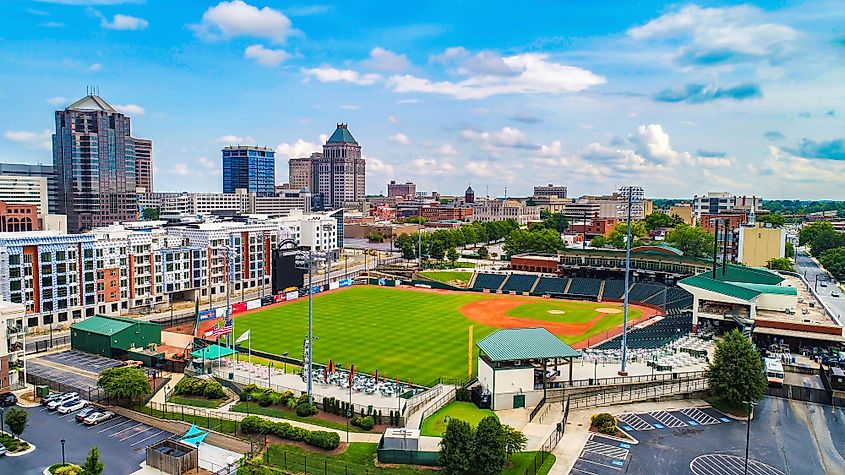
Greensboro may be smaller than Charlotte and Raleigh, but it definitely does not lack things to do and see. The closest the city gets to professional sports are the Greensboro Swarm. They are the G-League affiliates of the NBA's Charlotte Hornets, playing out of Greensboro Coliseum Fieldhouse. Greensboro's most popular sports team is the Greensboro Grasshoppers. The Grasshoppers play minor league baseball and have existed in various forms since 1908. Grasshoppers games take place at the 8,000-seat First National Bank Field. An annual tournament is hosted by the Professional Golfers Association of America in Greensboro at Sedgefield Country Club. Both UNC Greensboro and North Carolina A&T have athletic programs that you can go and watch, the most popular being football and basketball. Finally, you can also go and watch Greensboro Roller Derby matches at Greensboro Coliseum.
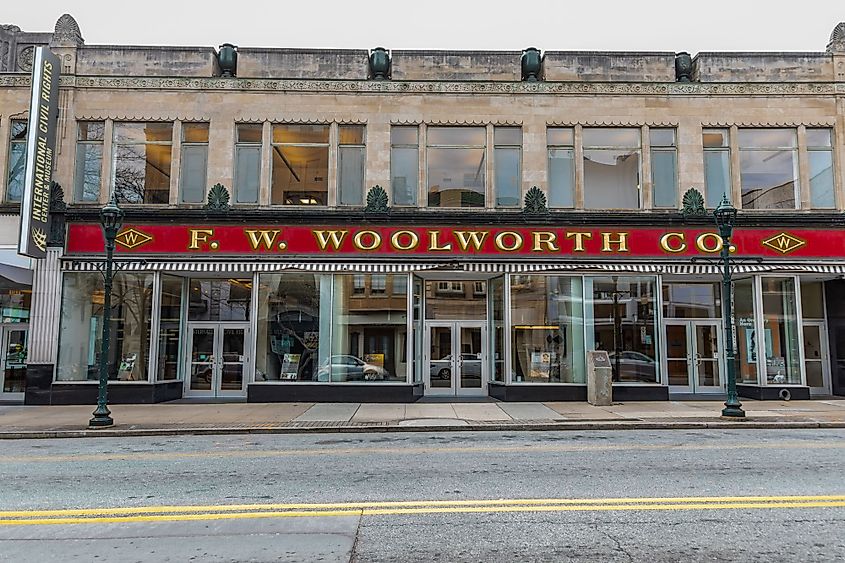
Outside of sports, there are various places to check out. The International Civil Rights Center & Museum is located at the same site where the famous Greensboro sit-ins took place. The original lunch table and Woolworth's iconography are still present. The Museum serves as a reminder and education center on the tumultuous racial history of Greensboro, North Carolina, as well as the rest of the nation. You can take a scenic walk through the Bog Garden at Benjamin Park, where you can take in some of the natural beauty of Greensboro. You can witness a varying set of shows, such as plays and concerts, at the beautiful Carolina Theatre, which was built in 1927. One can also visit the Greensboro Science Center, which houses various animals and exhibits, and even has a 3D theatre. The Carolina History & Haunts Greensboro Historical Ghost Tour combines Greensboro's history with unsettling urban myths and stories for those who are fans of occult settings and horror themes.
The story of Greensboro contains heroism, tragedy, and hope in near-equal measure. The city's history is strained with tension and violence, yet the people of Greensboro have persevered. The city is making gains in social equality and has found a place as a crucial logistical piece of the American economy. There are also a myriad of things to do to give residents both a pleasant distraction from the tumultuous world as well as hope that they can band together and get through it. Despite the North Carolina yard having bigger dogs, the smaller and more unassuming Greensboro holds its own in that yard and is equally crucial to North Carolina's history, as are Charlotte and Raleigh.

